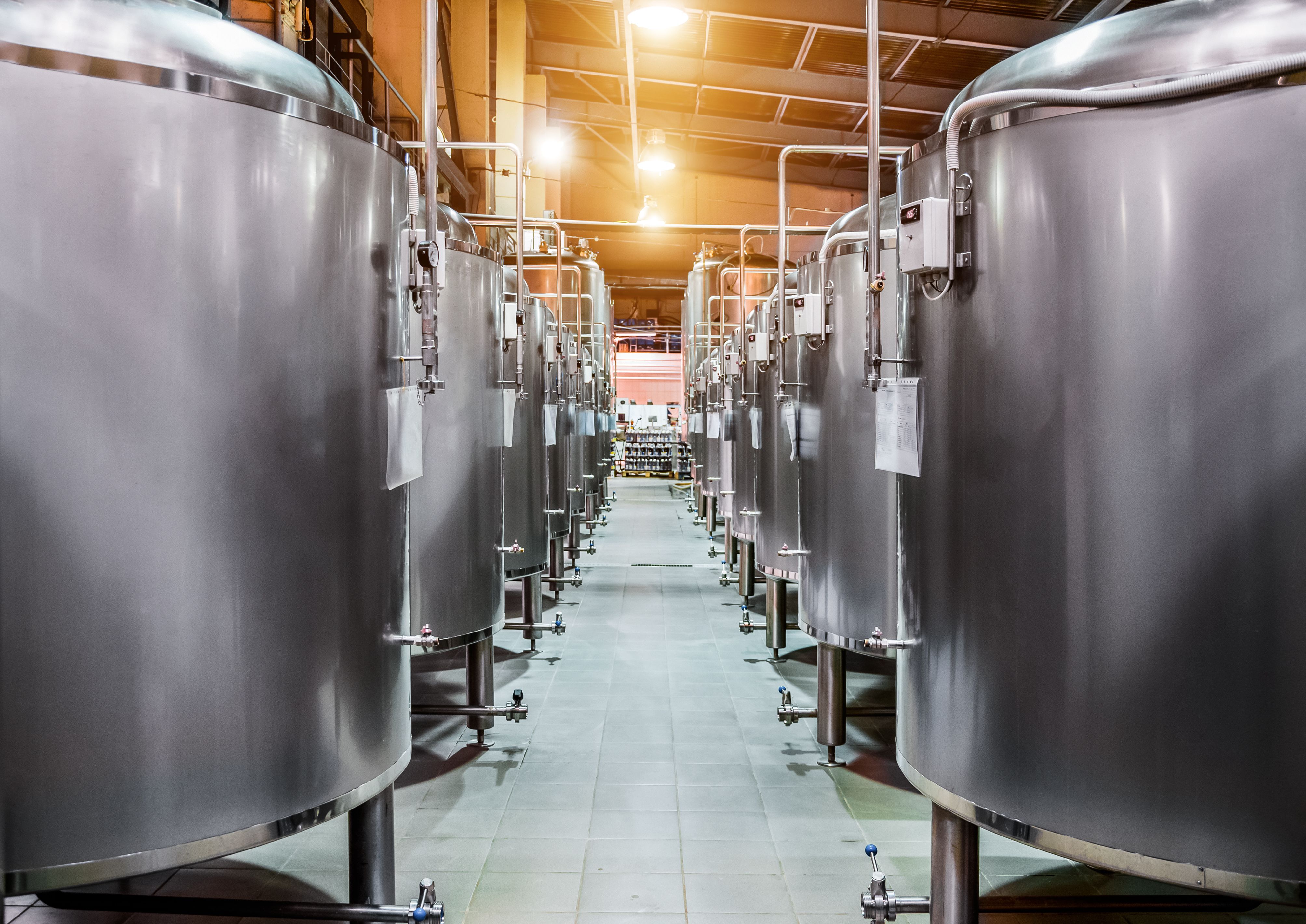New Raman Spectroscopy Method Enhances Real-Time Monitoring Across Fermentation Processes
Researchers at Delft University of Technology have developed a novel method using single compound spectra to enhance the transferability and accuracy of Raman spectroscopy models for real-time fermentation monitoring.
A recent study explored how real-time fermentation monitoring can be improved by Raman spectroscopy models. The study, which was led by Marieke E. Klijn from Delft University of Technology, shows how supplementing calibration data sets with a single compound structure enhances the transferability of partial least-squares (PLS) quantification models across different fermentation processes (1). The findings of this study were published in Analytical and Bioanalytical Chemistry (1).
Raman spectroscopy is a nondestructive technique that is often used in bioanalysis (2). Because of its ability to conduct rapid analysis, scientists often use Raman spectroscopy to conduct real-time monitoring of several bioprocesses, such as fermentation (2). Raman spectroscopy allows researchers to quantify analytes while saving time and money (1). The current issue, though, is that the most common models used to interpret Raman spectra are not ideal, the scientists wrote. The main issue, especially with conventional partial least squares (PLS) models, is that they are process-specific, which means any variations in operational conditions would render the model ineffective (1).
Rows of steel tanks for beer fermentation and maturation. | Image Credit: © nordroden - stock.adobe.com

As a result, researchers recognize the need to adapt a new model to meet these processing conditions. However, the tradeoff is that doing so requires a significant amount of time. In this study, Klijn’s team attempted to resolve this issue by testing out their newly created model, which was designed to bypass the need for new process data through the supplementation of calibration data sets with spectra from individual compounds—namely glucose, ethanol, and biomass (1). As part of the experimental procedure, the researchers built base PLS models using Raman spectra collected from batch fermentations of Saccharomyces cerevisiae, a common yeast strain (1). These models were then challenged with data from fed-batch processes, a scenario where the standard calibration would typically falter due to differences in concentration ranges and compound ratios (1).
The researchers found that quantitative and qualitative assessments revealed poor performance in the new fed-batch context. As a result, the researchers introduced single compound spectra into the calibration data sets (1). The research team found that by using this approach, they were able to realize improved prediction accuracy across all three analytes (1). The recalibrated models achieved root-mean-square errors of prediction (RMSEP) of 3.06 mM for glucose, 8.65 mM for ethanol, and 0.99 g/L for biomass in fed-batch operations—while still maintaining high accuracy for the original batch process (1).
Comparing their results to the original base models, the research team found that the relative RMSEP improved by 82.72% for glucose, 90.05% for ethanol, and 69.26% for biomass (1). These improvements suggest a meaningful reduction in cross-correlation interference, which is a common limitation in traditional PLS calibration using complex process data (1).
Improved accuracy was not the only benefit the researchers highlighted with their new approach. They also explained how their approach simplified the modeling process. Single compound supplementation enabled more straightforward calibration updates that did not require the complexity of full design-of-experiment (DoE) strategies or the use of spiked process samples (1). Additionally, because the supplementation is performed under actual process conditions, it retains the realism necessary for accurate real-time monitoring.
The researchers also reinforced the need for better understanding and characterization of biomass-specific Raman signals (1). Unlike glucose and ethanol, where spectral markers are relatively well-established, biomass quantification still suffers from overlapping spectral signals with other compounds (1). Because of this, the authors mentioned in their conclusion that future studies should investigate the spectral contributions of cell density and viability in more detail to develop more precise biomass models (1).
By reducing the effort required to recalibrate models for new fermentation modes, Klijn’s methodology could potentially help streamline the integration of real-time monitoring tools across dynamic and evolving bioprocess development environments.
References
- Klaverdijk, M.; Ottens, M.; Klijn, M. E. Single Compound Data Supplementation to Enhance Transferability of Fermentation Specific Raman Spectroscopy Models. Anal. Bioanal. Chem. 2025, 417, 1873–1884. DOI: 10.1007/s00216-025-05768-5
- Bruker, Guide to Raman Spectroscopy. Bruker.com. Available at: https://www.bruker.com/en/products-and-solutions/infrared-and-raman/raman-spectrometers/what-is-raman-spectroscopy.html (accessed 2025-04-14).
AI-Driven Raman Spectroscopy Paves the Way for Precision Cancer Immunotherapy
April 15th 2025Researchers are using AI-enabled Raman spectroscopy to enhance the development, administration, and response prediction of cancer immunotherapies. This innovative, label-free method provides detailed insights into tumor-immune microenvironments, aiming to optimize personalized immunotherapy and other treatment strategies and improve patient outcomes.
Nanometer-Scale Studies Using Tip Enhanced Raman Spectroscopy
February 8th 2013Volker Deckert, the winner of the 2013 Charles Mann Award, is advancing the use of tip enhanced Raman spectroscopy (TERS) to push the lateral resolution of vibrational spectroscopy well below the Abbe limit, to achieve single-molecule sensitivity. Because the tip can be moved with sub-nanometer precision, structural information with unmatched spatial resolution can be achieved without the need of specific labels.
AI Shakes Up Spectroscopy as New Tools Reveal the Secret Life of Molecules
April 14th 2025A leading-edge review led by researchers at Oak Ridge National Laboratory and MIT explores how artificial intelligence is revolutionizing the study of molecular vibrations and phonon dynamics. From infrared and Raman spectroscopy to neutron and X-ray scattering, AI is transforming how scientists interpret vibrational spectra and predict material behaviors.